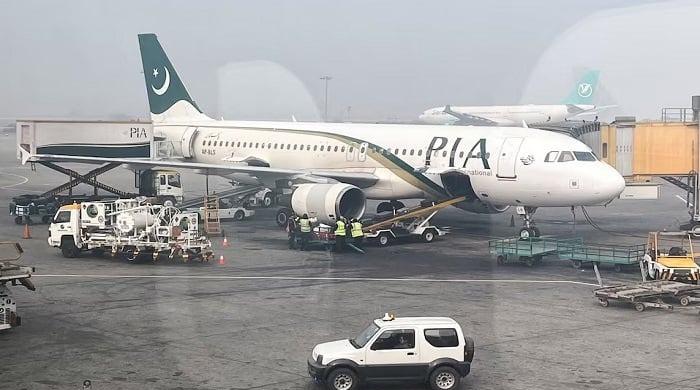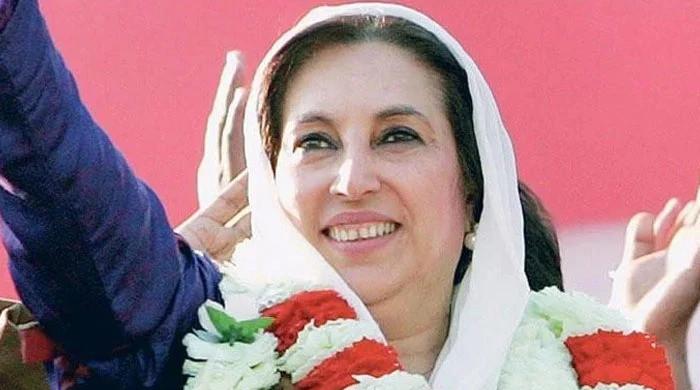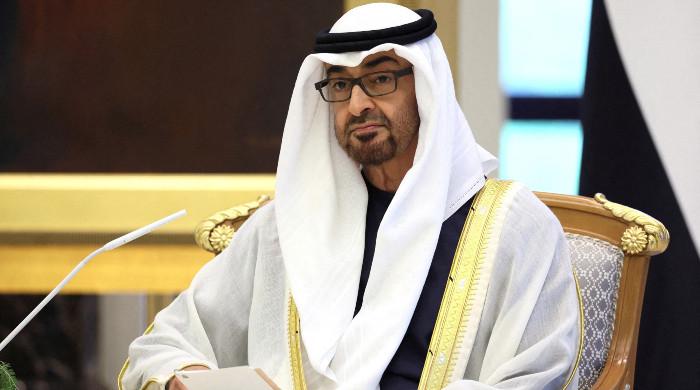CPEC — The Security Corridor
Saudi connection is raising eyebrows in other capitals as well for CPEC is being viewed as China-led security corridor
March 14, 2019
Just after getting an economic boost and Arab impetus in CPEC, Pakistan has found itself caught in uncalled for border tension with India. Though a number of countries are involved in quiet diplomacy to defuse the crisis, the tense situation has the potential to reignite, even explode. Yet, it’s encouraging that Saudi Arabia is among the countries pursuing de-escalation through the crown corridor.
Saudi State Minister for Foreign Affairs Adel al Jubeir’s meeting with Indian Prime Minister Narendra Modi on Monday in New Delhi follows his similar visit to Pakistan. Last Thursday, he delivered a special message from Crown Prince to Prime Minister Imran Khan in Islamabad. He is walking on a tight rope and quite diplomatically avoided flying straight into the Indian capital from Pakistan.
In pursuing peace, Riyadh definitely has an edge. The Crown Prince Muhammad bin Salman was the only world personality who had visited both countries just after the unfortunate Pulwama suicide attack. It is also a country that is investing heavily in both capitals. Yet, despite all good intentions, it is unrealistic to expect that Saudi Arabia will be able to mediate.
Emboldened by the United States, India is in no mood to accept even Russian mediation. Delhi has taken this posture knowing well that five decades ago, it was Tashkent declaration that became the basis for the Indian hegemony in the region. Additionally, Moscow is still far closer to Delhi than Islamabad. Yet, eyeing on future, India has preferred the United States over Chinese backed Russian good offices in this regard. Then, why is Saudi Arabia taking pain in seeking this shuttle diplomacy?
The reason is obvious. However, close to Pakistan, Saudi Arabia knows that India is a fast emerging economy. And, for the very fact, Riyadh had encouraged Abu Dhabi to invite India as the guest of honour at the 46th session of the Council of Foreign Ministers of the OIC. So, it’s worth a try to visit both capitals and seek peace.
For Pakistan, the Saudi offer is as welcomed as are other initiatives including those of United Nations Secretary General’s, Turkey’s, China’s and Russia’ peace moves. On the other hand, Delhi feels triumphalist to attend OIC meeting held at the expense of Pakistan but it also views Riyadh’s investment in CPEC reservedly. So, it will be interesting to see how India skirts Saudi Arabia.
For India, the dust of Crown Prince’s visit to Islamabad has not settled yet. In one stroke, MbS had pledged to inject $21 billion in Pakistan. And, fifty per cent of that amount was a direct investment in an oil refinery in Gwadar. As per estimation, the expected cost of CPEC by 2030 is projected at $100 billion. If the first phase of Saudi investment is equivalent to ten percent of the total cost, one can imagine how much this project means to MbS. And, why he says that the invested amount is just the beginning.
Saudi connection is raising eyebrows in other capitals as well for CPEC is being viewed as China led security corridor. At the top of it, before closing his Asia tour, MbS also visited the country that he believes will be the largest economy in 2030. He further invested $28 billion in China. This money is less than ten percent of the amount MbS had doled out in the United States. Still, anti-MbS propaganda in the western media was at a peak during his Asia tour.
On the contrary, while the Crown Prince was enjoying a warm welcome in Islamabad, Iranian President offered him an olive branch. Hassan Rouhani extended the ‘brotherly hand’ by proposing ways to preserve security in the Middle East. It was despite MbS had accused Iran of military aggression and compared its supreme leader to Hitler. Was that the blessing of CPEC that Iran sought rapprochement at that juncture?
At least, the Chinese initiative has also included Iran in the project. Beijing is the largest trading partner of Saudi Arabia’s arch-rival. Their bilateral trade exceeds $37 billion. Above all, it has ignored US pressure and continued trade with Tehran. At the same time, it has warmly welcomed Saudi Arabia’s stakes in CPEC. Is China bridging the gap by allowing Riyadh and Tehran to be part of Belt and Road initiative? If the answer is yes, then this economic corridor has all the hallmarks to become a peace corridor in one of the hotspots of the world.
The B&R has every ingredient to become the foundation for peace in Asia, Middle East and Africa. The grand plan has the full backing of Russia that is emerging as a challenging force across the Middle East and Europe. And, the countries that are increasingly reluctant to put all their eggs in American basket are lured into lucrative deals in both Beijing and Moscow. One can only wonder if China’s mother of all economic project is without any security guarantees.
So, in this changing world, there may be limitations for the master architect of the B&R to act as a mediator. But, if Saudi Arabia can successfully play any part in helping further reduce tensions between India and Pakistan, it could set a new precedent. This act may go down in history as an example where one B&R member sought peace for another partner by offering good offices to a non-member. One must not be very optimistic but replications of such act can possibly become an agent of positive change in many troubled territories linked with B&R.









